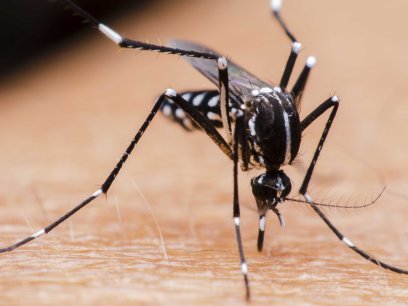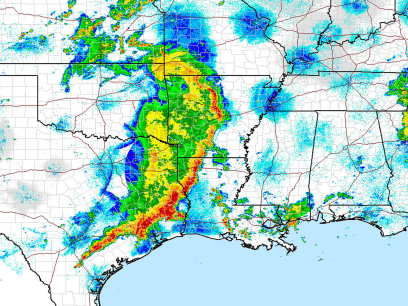
When autumn rolls around, it provides a relief from the summer heat with cooler temperatures and beautiful colors from changing leaves. Those colorful leaves will eventually fall to the ground and be placed into piles on roadsides, curbs and sidewalks. While these piles may be fun to jump and play in, they have a downside. Leaves left on the street turn roads into dry creek beds. When rain falls on the leaves, they break down and release polluting nutrients--like nitrogen and phosphorus--into storm drains and local waterways.
Mowing the lawn and raking leaves can be taxing chores. If you have to do both, why not combine the two and help your garden out at the same time?
Create leaf piles in your garden instead of the street. Leaves and grass clippings can provide natural nutrients to plants and soils. Instead of raking your leaves first then mowing, try mowing the grass and leaves on the lawn together, then raking up the pile and spreading it around on a garden bed on top of the soil. Natural nutrients will filter down into the soil and the plants will feed off of them.
Sources:
- Princeton Environmental Commission. 2015. “Princeton’s Guide to Fall Leaf Management.” Accessed Sepetemer 16. http://www.princetontwp.org/PEC_leafBrochure.pdf.
- Mannino, Vince, Robert Richter, Doug Welsh, and Sam Cotner. 2015. "Don't Bag It – Leaf Management Plan." Texas A&M AgriLife Extension, Earth-Kind Landscaping, Accessed September 16. http://aggie-horticulture.tamu.edu/earthkind/landscape/leaf-management-…


